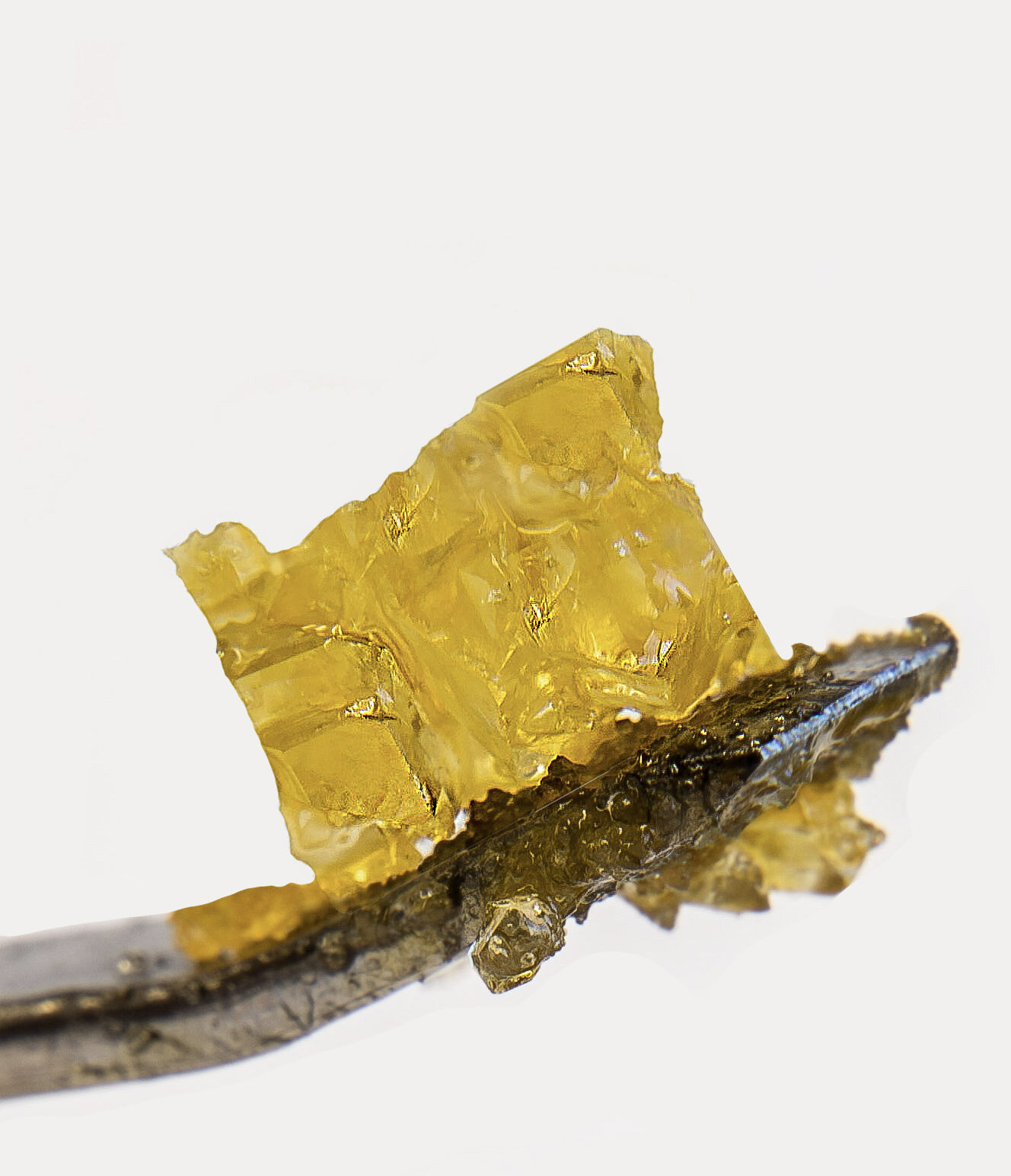As the cannabis industry is constantly introducing new products to its customers, many of us have probably wondered how they were made. Even before the final products are put out for sale, each was crafted to the respective manufacturer’s likening, starting from its extraction process. While extraction processes sound like they aren’t necessary, they very much are.
Depending on how you want your plant extracted, each method enables you to harvest your plant uniquely. It then allows the manufacturer to retain specific plant properties to be curated to its finished product. With so many extraction methods available, each is classified as solvent or solventless. Solvent extraction methods use chemicals that strip away the cannabinoids.
Once the solvent is removed, it becomes a pure trichome concentrate. In solventless extractions, instead of using chemicals, mechanical processes remove the trichome from the plant while retaining the trichome during the extraction process. So no matter how you want to extract your plant, each method is reliable. To help get a better understanding of each method, we’ll be going over the popular types of methods used today in the cannabis industry.
Solventless Extractions
Rosin
Using the heat and pressure method, you extract the plant through a pressure machine. When pressure is applied, the trichome gland releases all cannabinoids, THCA, and terpenes without using any solvents. However, putting too much pressure will cause your plant to burn and won’t allow you to extract. Before the heat and pressure method was patented, early users would use a hair straightener, wax paper, and the cannabis product they wanted to extract.
Ice water hash
Ice water hash uses a bubblator machine that bathes the raw cannabis flower in ice-cold water. This allows the trichome to sink to the bottom since it can’t absorb water. Then When it’s collected, the trichome is then turned into ice water hash.
Dry sift hash
Dry sift hash uses a micron screen to separate the trichomes after passing through the screen back and forth. Then, after falling to the bottom like the ice water hash method, it is rounded up and compressed into blocks.
Solvent extractions
BHO and PHO
Some of the most popular solvent-based extractions are BHO ( Butane hash oil) and PHO (Propane hash oil). They both use liquefied hydrocarbons that will break down the cannabis plant, allowing you to collect resin. Closed-loop extraction is also used to help with efficiency to get the most out of each extraction process.
Dimethyl-Ether
DME or Dimethyl-Ether is one of the new extraction methods to come out recently; it was mainly used for food to extract solvents safely. DME allows the boiling point to be at -24.8C so that it can easily separate from solvents. This method also doesn’t leave any solvent residue behind.
CO2 Oil
Finally, CO2 oil extraction is the most reliable way for vape cartridge enthusiasts. Carbon dioxide is heated to high temperatures and then subjected to high pressures, converting it to a solvent.
With so many distinct methods, you're bound to discover one you like. However, when trying out any of these extraction methods, we advise you to proceed with caution. Having the correct tools and talking with experts will assist you in your approach while ensuring your safety.






